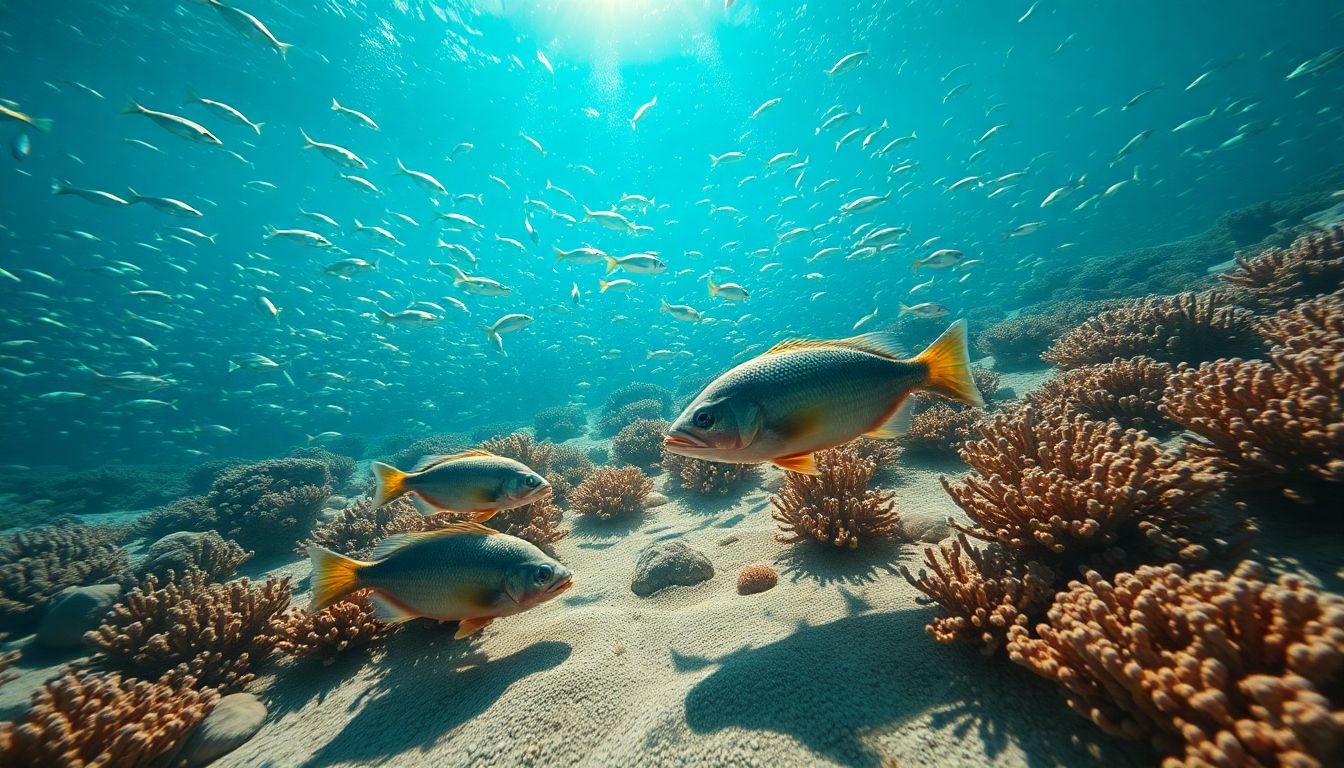
When Fish Begin to Crawl: Exploring the Evolution of Terrestrial Fish
Imagine seeing a fish out of water, not gasping, but walking. Sounds like science fiction, right? Well, it's actually reality! Some fish have evolved to crawl on land. This article explores when fish started crawling. We'll also look at why and how this amazing change happened.
The Evolutionary Pressure Cooker: Why Fish Crawl
Why would a fish leave the water? Life under water can be tough. Changing conditions forced some fish to adapt. The shift to land offered new possibilities for survival.
Resource Scarcity and Competition
Sometimes, the pond dries up. Other times, there's not enough food. Fish might crawl to find better hunting or avoid being hunted. Limited resources can push fish to explore new places.
Changing Environmental Conditions
Water conditions can change a lot. Oxygen levels might drop. Temperatures might rise. A fish that can move to a better spot has a huge edge. Adapting to land can be a solution.
Defining "Crawling": What Does It Really Mean?
"Crawling" can mean different things for a fish. It's not always about walking like us. Some fish wiggle. Others use their fins to push themselves forward.
Types of Terrestrial Locomotion in Fish
Some fish "walk" more than crawl. Mudskippers hop. Walking catfish use their fins to shuffle. Each species found its own unique way to move on land.
The Spectrum of Adaptations: From Fins to Limbs
Over time, fins can change. They might become stronger or more limb-like. These changes help fish move on land. It's a gradual process of adaptation.
Notable Examples: Fish That Crawl (or Walk) Today
Several types of fish are good at terrestrial movement. They provide cool examples of what's possible. Let's meet some of them.
Mudskippers: Masters of the Mudflat
Mudskippers are real pros at living on land. They can breathe air and move around on mudflats with ease. These fish are often found in mangrove forests.
Walking Catfish: Invasive Explorers
These catfish use their fins to "walk" across land. They can travel between bodies of water. In some places, they're an invasive species.
Other Notable Species
The epaulette shark can "walk" along the sea floor. They use their fins to navigate coral reefs. Other fish have similar, though less developed, skills.
The Fossil Record: Tracing the Origins of Terrestrial Limbs
Fossils tell a story. They show how fish fins changed into limbs over time. Some fossils are key to understanding this shift.
Tiktaalik: The "Fishapod"
Tiktaalik is a super important fossil. It had both fish and tetrapod (four-legged animal) features. Scientists consider it a transitional fossil.
Other Key Fossils and Discoveries
Other fossil finds support the Tiktaalik discovery. They give a fuller picture of how fish fins evolved. Paleontology keeps adding to the story.
The Future of Terrestrial Fish: Will We See More Crawlers?
Will more fish crawl in the future? Climate change and other factors might push them that way. It's possible. Evolution never stops.
Climate Change and Adaptive Evolution
Environmental change forces animals to adapt. Fish might need to find new ways to survive. Terrestrial movement could become more common.
The Potential for New Terrestrial Pioneers
Which fish might be next to crawl? It's tough to say. Some species are already well-suited to it. Keep an eye on the mudskippers of tomorrow!
Conclusion
Fish crawling on land is a real thing. It's driven by resource scarcity and changing conditions. Understanding this evolution matters. What new changes will evolution bring? It's an ongoing story.











0 Comments